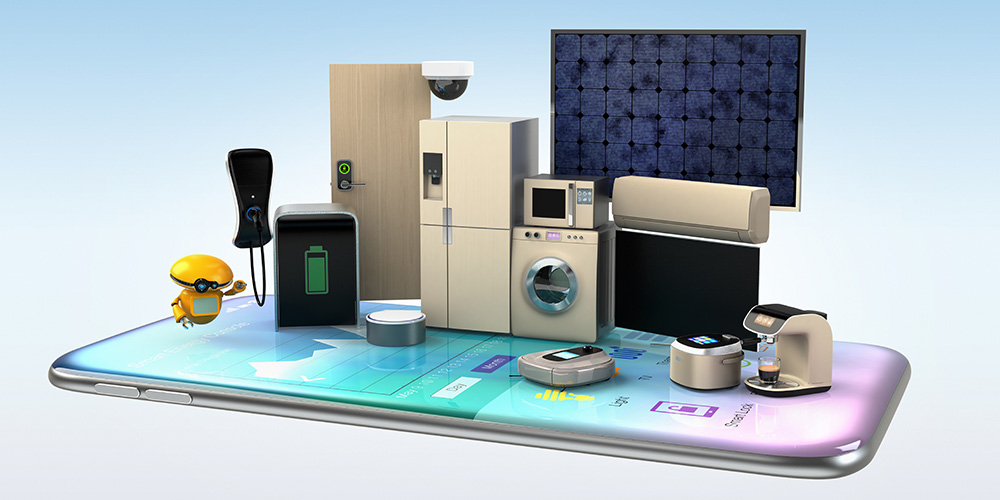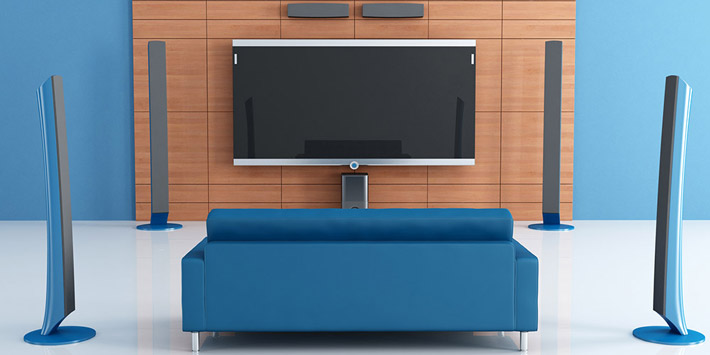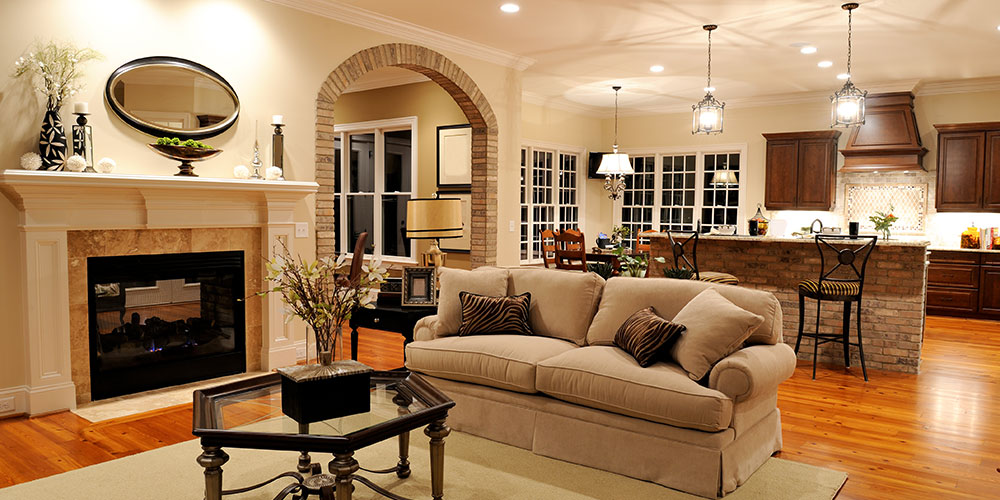Earlier this year, Strategy Analytics reported 54 percent of U.S. homes own at least one smart device. Speakers, security systems and thermostats ranked as the three most popular in-home smart devices. Monitoring cameras, video doorbells, smart light bulbs and light switches were high on the list, as well.
Now, with the CDC encouraging social distancing to slow the spread of the Coronavirus, the value and use of these smart devices is growing exponentially.
While these devices make our daily lives more convenient, they do present security risks—especially where hackers are concerned.
These Home Automation Devices Are at Risk of Being Hacked
Many of the smart tools we rely on at home can be hacked via the Internet or the apps that control them. One cybersecurity expert stated, “If it’s digital, it’s hackable.”
Today, it seems like almost any home device can be made “smart.” But that means they’re also hackable. Consider these common home automation devices, which are targets for cyber criminals:
- Voice control devices like Amazon Echo or Google Home
- Security cameras
- Smart doorbells and locks
- Smart TVs
- Smart garage door openers
- Wi-Fi enabled kitchen appliances, like refrigerators, ovens and even trash cans
- Automated thermostats
- The automation apps on your mobile device, which you use to control all of these devices
Before installing a new IoT device onto your home network, first ask yourself: Do the benefits of this device outweigh the risks? And if so, have I taken every precaution to make this device as secure as possible from outsiders?
The Risks of IoT Device Hacking
Once a hacker gets into your home network, they can often uncover personal information, such as your bank account number or other passwords. Depending on the device compromised, they could also gain access to your home (smart locks or garages, for example) or the ability to spy on your family (cameras).
See how one ethical hacker was able to obtain personal information and accounts from connected smart home devices, including passwords, home calendars and more.
The risks also extend beyond your immediate family, as unsecured IoT devices could also be used in Distributed Denial of Service (DDoS) attacks against others. Here, hackers take control of multiple devices across the Internet to crash targeted business websites.
There are certain measures homeowners can take to prevent a hacking attempt. Read on to discover how to protect your smart home.
Create Better Passwords
You may be surprised by how much a password can protect you. Below are some of the top tips with regard to passwords and their importance.
- Change the passwords to your devices, systems, and networks every six months.
- Use a password with a variety of characters so it’s not easy to guess. It doesn’t need complicated jargon to be a good password. You can create one that is meaningful to you and no one else.
- Do not use the same password for multiple devices. It may seem like a chore to remember so many passwords, but it is a vital step in securing your smart home.
- Use multi-factor authentication. Although it requires another step in logging into accounts, two layers of credentials help deter hackers.
- Install updates to all devices as they become available. It’s a common practice to ignore updates, but sometimes they involve serious security patches. Be sure your device is registered with the manufacturer to ensure that you are notified of updates as they become available.
- Change the default password on every device. It seems obvious, but one research company discovered that 15 percent of devices still use the default password, which can be found with a simple Google search. Without creating a unique password, you are making it very easy for hackers to abuse your smart devices.
- Factory reset devices before you dispose of them. This clears your personal data and passwords from the device, preventing the next owner from gaining access.
Be Wary of Wi-Fi
Maybe you’ve already heard about avoiding public WiFi, but did you know there are ways to bolster your home network too?
- Again, don’t use public Wi-Fi. Although it is convenient, hackers can easily infiltrate devices using the connection in coffee shops and restaurants. Consider using your own, secure wireless hotspot instead.
- Even within your private network, use segregated Internet connections. You can split an existing connection between devices using a virtual local area network (VLAN). This precaution is handy because if one device becomes compromised, the others will not be. For example, you probably don’t want your smart speaker running on the same connection as your laptop.
- Create a guest network. If someone outside of your immediate family needs to use your Wi-Fi, give them access to a guest network. That way, if one of their devices is compromised, hackers can’t access the valuable information on your network.
- Be cognizant of your home WiFi speeds. If it suddenly seems slower than normal, it could be indicative of a hacker.
Find a Trusted Security Provider
Thankfully, you can have the best of both worlds: a smart and safe home. Security systems can integrate with home automation effectively, but find a provider that recognizes the risks in home automation. Professional installation is an option to ensure your devices are set up correctly and security concerns mitigated.
If you take precautionary measures like those described above, the risks become less prevalent. Rather, you can enjoy the convenience that home automation provides, and take a deep breath knowing that you’re in control.
For more ways to secure your home, feel free to contact us, or browse our personalized security solutions here.



